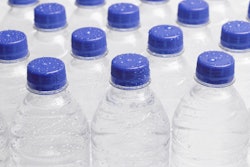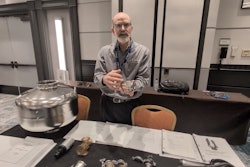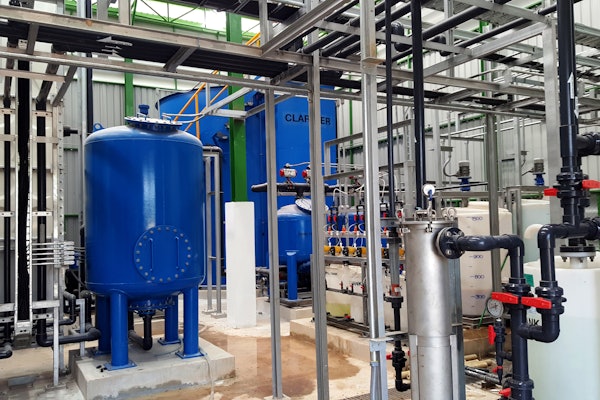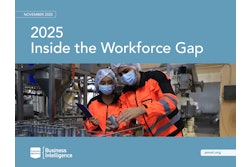Transcript:
Elisabeth Cuneo: And Jeff, during your the presentation, you said something about it's all about being proactive rather than reactive to risk.
Jeff Lander: so, you know, in what ways has this helped you be more proactive or in what ways were you more reactive, you know, and now you don't have to be.
Jeff Lander: Yeah, so prior to the implementation of this, right?
Jeff Lander: So, and during final mile, typically, the final mile kind of going direct to the customer or let's say wholesale or distributors not direct to patients like you'd see like with the GLP1.
Jeff Lander: Typically those are not temperature monitored or if they are, there was some, either a chemical or an electronic indicator which has a I would say a wide tolerance of of outcomes in sense of like education and how to use it, a lot of false positives with those types of devices. So, what we were doing is we were introducing a real-time monitor that had, information that you could assess, you know, as opposed to having a chemical indicator which is essentially a chemical reaction, which is a color change that says, OK, it's a go no go device.
Jeff Lander: So we were actually having a data set to be able to evaluate that as a result, I'm sorry, before I talk about the result. We didn't use temperature monitoring going back a couple of years. So the feedback that we had from our customers is how do we know when it's going to arrive and how do I know my products OK?
Jeff Lander: So that's where we had that customer-centric approach to introduce this real-time active monitoring. And as a result, the insights that we saw was we reduced our intercept rate from 1.9% to 0.3%. So a significant reduction in number of shipments that need to be intercepted. That would have been pulled out of the field because we were using strictly a qualified duration in a laboratory as opposed to using the dynamic thermal modeling from CCT which ingests the thermal model or thermal performance of the the box in combination with the ambient weather data.
To spit out to spit out and calculate a predictive time that that box will last.
So we were using that dynamic model to be able to say, OK, well, our box in a lab is qualified for 36 hours.
However, it's, we have a frozen product, it's the middle of November.
That box realistically will last 23, even sometimes 4 days longer than the worst case testing, which is like 95 degrees in the middle of July, or 100 degrees in, you know, in California.






















